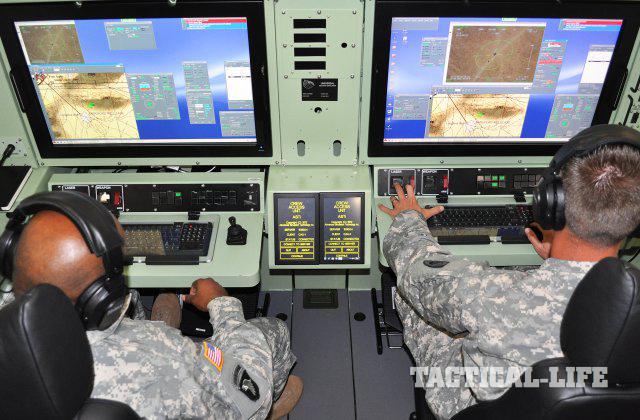The following is a press release from Capt. Matthew Brown and the U.S. Army:
Today’s Army aviation leaders can augment the training process with innovative training techniques and live, virtual, constructive, gaming, and mission command, also known as LVCG-MC, technologies.
The adage “train the way we fight” requires leveraging the full spectrum of training enablers to allow aviation leaders and their formations to progress through increasingly complex scenarios, all while replicating an operational environment. From individual crew training through company and higher-combined arms collective training, aviation leaders integrate LVCG-MC technologies towards tough, realistic aviation training.
Advertisement — Continue Reading Below
Maj. Beau Tibbitts, doctrine branch chief at the Directorate of Training and Doctrine, or DOTD, said training enablers are essential to maintain readiness to be able to employ aviation maneuver forces throughout the range of military operations.
“LVCG-MC is a critical tool that allows leaders to evaluate and assess training on a consistent basis in order to determine the readiness of their Soldiers and the unit’s ability to conducts its mission essential tasks,” Tibbitts said.
Employed simulation capabilities such as Virtual Battlespace 3, a universal mission simulator, or UMS, used for unmanned aircraft systems, or UAS, mission training, and the Aviation Combined Arms Tactical Trainer used for aircrew mission training, assist in providing a realistic decisive action training environment for Soldiers to exercise their battle drills and leaders to exercise mission command.
Advertisement — Continue Reading Below
Such enablers expand the scope and build upon training modules to deliver advanced, realistic training in a peacetime environment. They allow a tailorable user experience and rapidly facilitate a training environment at a fraction of the cost and time required to employ aircraft and opposing forces.
Chief Warrant Officer 3 Christopher Renaud, doctrine writer and UAS subject matter expert at the DOTD, said simulations are pivotal for meeting currency requirements and maintaining proficiency in critical wartime tasks.
“The UMS allows us to execute individual and collective tasks, such as scenario-based gunnery training that can fulfill UAS gunnery requirements up to Table V,” Renaud said. “Flight hours logged in the UMS also contribute to some of our semiannual flight hour requirements.”
Advertisement — Continue Reading Below
Additionally, the Army is working to integrate UMS with the Aviation Combined Arms Tactical Trainer and the Apache Crew Trainer to enable manned-unmanned team training, or MUM-T.
Integration of this capability in the integrated training environment will enhance not only MUM-T, but also collective, multi-echelon staff training of key personnel tasked to integrate MUM-T.
Leaders can use any number of simulation capabilities in concert or independently to further train for air-ground operations in support of unified land operations.
Advertisement — Continue Reading Below
The Directorate of Simulations, also known as DOS, is continuously identifying new technologies to enhance training and deliver realistic scenarios. It is also introducing students to technologies to help grow future leaders who appreciate how to conduct effective training.
Wade Becnel, deputy director for DOS, is a proponent for leveraging training enhancement technologies.
“Tools like the new Oculus Rift head-mounted goggles could be used to introduce virtual reality/augmented reality into our maintenance training courses or collective flight training venues,” Becnel said.
Advertisement — Continue Reading Below
The Directorate of Simulations’ efforts to explore potential training capabilities will help define aviation required for the Army’s proposed future Synthetic Training Environment.
The future of training outside the Army Force Generating cycle will involve augmented reality and virtual reality, enabling a combination of data-centric video, 3-D based diagrams, and interactive multimedia instruction. These capabilities will allow maintainers as well as other specialties to visualize the proper process, components, and tools to execute tasks.
Employing new technologies for training is only limited by the imagination.
Advertisement — Continue Reading Below
“We need to start thinking about how Army aviation can use such tools and identifying our unique requirements,” Becnel said. “Our current work on the Aviation Reconnaissance Leaders’ Course will use some of these tools to support training. Our goal is to see what we need to define as our future training requirements.”
























